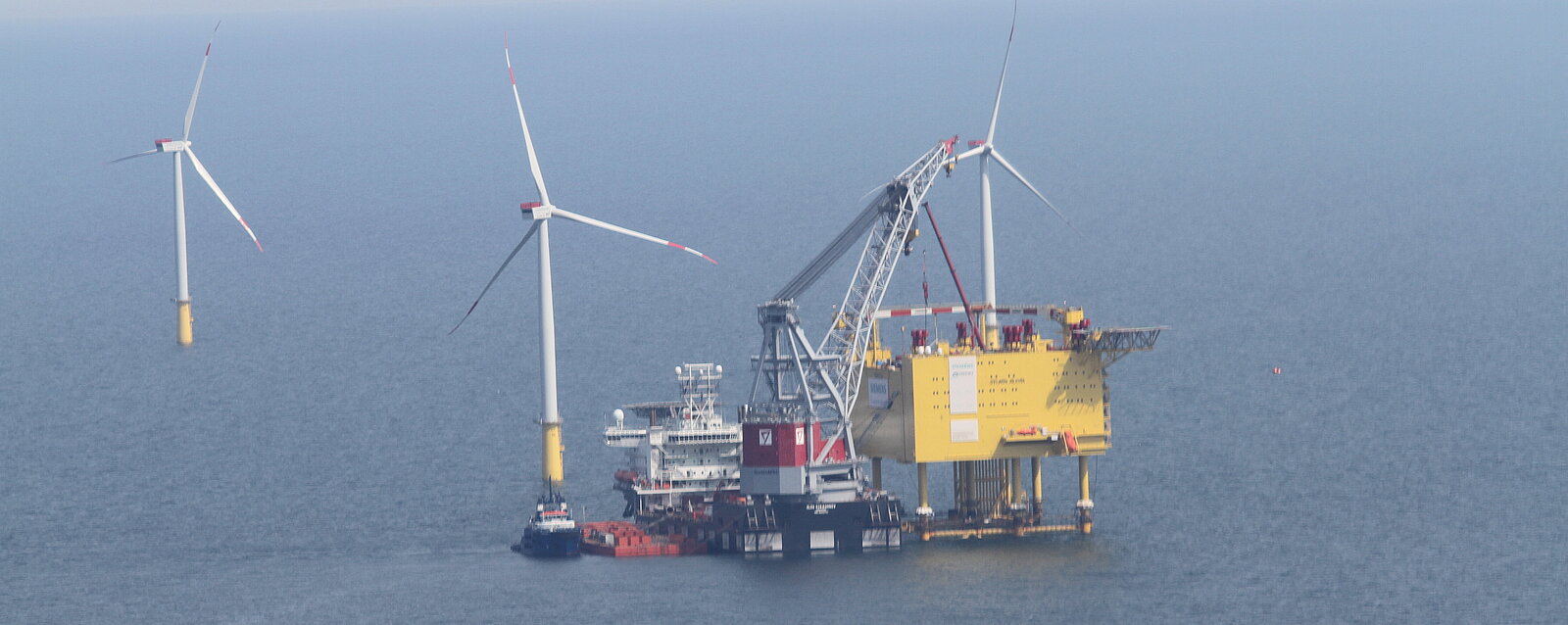
| Project data | |
|---|---|
| Project leader: | Prof. Prof. h. c. Dr Ursula Siebert |
| Chief scientist: | |
| Scientific staff: | Robabe Amadi |
| Project term: | 01.05.2024-31.07.2025 |
| Sponsorship: | Niedersächsisches Ministerium für Wissenschaft und Kultur (MWK) |
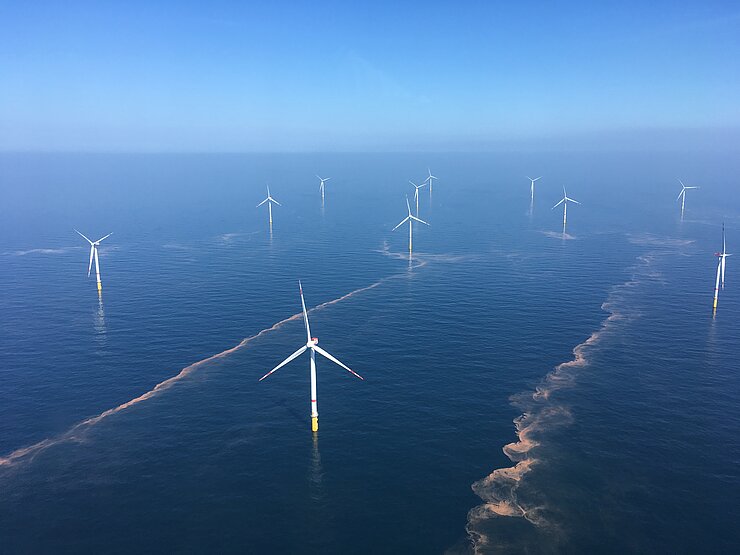
The proposed future discourse is intended to address the transformation of the energy supply in Germany and Europe and the associated conflicts in nature and species conservation. At the same time, knowledge about the problem should be communicated and suitable communication channels for the conflict should be found. In order to reduce CO2 emissions and delay the climate crisis, the expansion of offshore wind energy is being driven forward as part of the energy transition. Not only Germany, but also Denmark, the Netherlands, the UK and Sweden, among others, have far-reaching expansion plans for the offshore wind industry in the North Sea. These plans could turn this area into a large industrial park. However, the marine ecosystems are already being affected: The construction of offshore wind power plants is not the first or only human intervention. In fact, the North Sea has been polluted for several decades by inputs from the chemical and pharmaceutical industries, eutrophication, fishing, shipping, munitions waste, invasive species and much more. At the same time, it is also the habitat of harbor porpoises, which are the only native cetacean species in German waters.
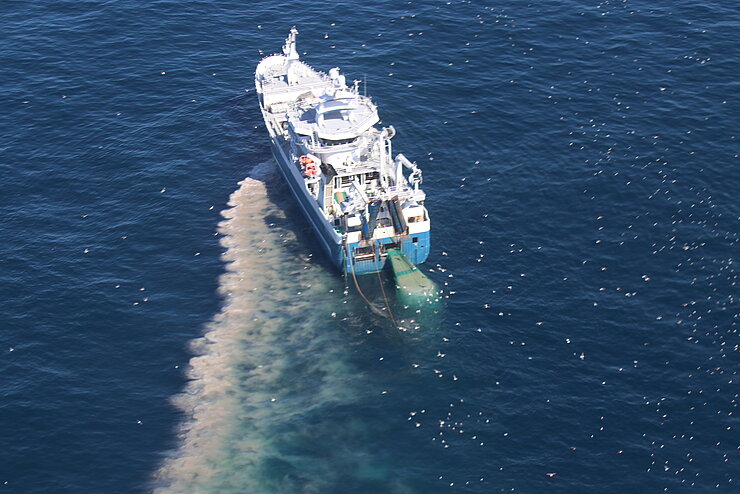
According to the latest European population surveys, the population of these animals is increasingly shifting to the southern North Sea (www.tiho-hannover.de/SCANS). In order to protect the harbor porpoise population that uses the German Bight, we would already need more protection and less pressure on the animals.
If we want to protect our climate with the energy transition, we are faced with a dilemma in which climate protection and nature conservation contradict each other. On the one hand, we need to make changes quickly in order to reduce CO 2 emissions and thus stop the climate crisis. This is the only way to preserve the habitat of polar bears, for example, which no longer have access to their main food source, seals, due to the rapid melting of the Arctic ice. On the other hand, we have obligations towards the preservation of biodiversity, nature conservation and species protection (EU Biodiversity Strategy) and therefore, for example, towards the harbor porpoise.
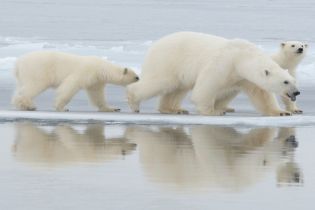
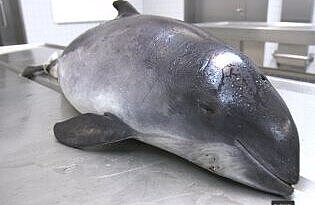
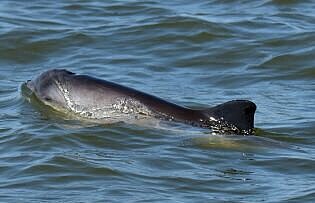
Far less is known about the harbor porpoise than about polar bears. The state of the harbor porpoise population in the North Sea is not good, and its habitat is being subjected to further pressures with the construction of offshore wind farms in Germany, but also in the other countries bordering the North Sea. We therefore need to discuss how we can achieve the energy transition and at the same time improve the living conditions of harbor porpoises and other marine life in order to protect them.
The following current social issues should be included in the proposed discourse:
1. transformation: The energy transition is bringing a fundamental change for our society with sudden changes in technological, economic and political developments that have an impact on every single person. This transformation is unavoidable due to the climate crisis, but must of course also be supported by society.
2. communication of knowledge/digitization: The transfer and communication of knowledge about the climate crisis/energy transition and biodiversity/species and nature conservation must be ensured for all social milieus. This is often more effective with digitalized strategies, as this allows more diverse target groups from different geographical locations to participate in discussions and conversations. Knowledge content, questions and discussion impulses should therefore be disseminated and discussed primarily via social networks.
3. strengthening democratic debate and the democratic community: As the climate crisis and the loss of biodiversity affect the well-being of all people, this discourse is a great opportunity to involve many people and groups in a democratic debate. It gives them the opportunity to get involved in an issue that directly affects them and to express their thoughts, concerns and ideas.
4. issues of European identity: The challenges in the area of climate crisis/energy transition and biodiversity/species and nature conservation can only be successfully advanced with a cross-border, European identity and coordination. It is therefore very important to include the plans of other European countries in the discussions and to discuss them with other European citizens (in digital form with the help of translations). This should also be organized for the younger generations in particular. Because, like the porpoise in the North Sea, we are pursuing the same goal: a healthy environment worth living in.
Structured debates involving scientific findings and national and international expertise will shed light on the topic of the climate crisis/energy transition and biodiversity/species and nature conservation from different perspectives.


